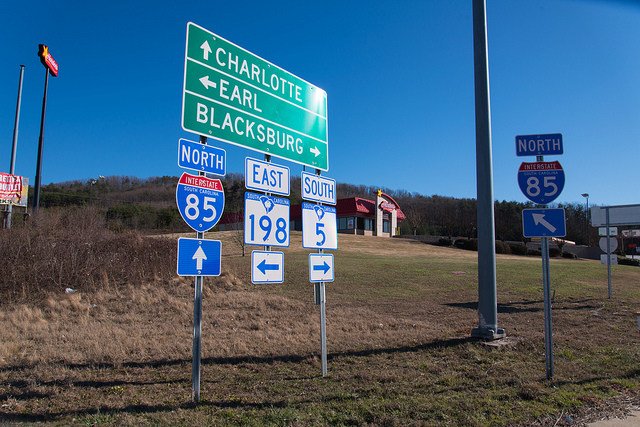
And those infrastructure details matter, a lot.
Originally published at Medium.
I’ve been on the road a lot this summer, and through my travels, I’ve seen a sampling of America’s train stations, interstate highways, city streets, bridges, tunnels, border crossings, airports, and subway lines.
And back at home, our municipality installed new water pipes underneath the residential street in front of our house.
Infrastructure: It’s all around us. And a lot of it is in terrible shape.
According to an often-cited American Society of Civil Engineers (ASCE) report, the United States must spend $3.6 trillion dollars by 2020 to adequately repair all of these public commodities. In red states, blue states, and battleground states, there are many unmet needs.
So it naturally follows that both presidential candidates have announced massive plans to fix America’s increasingly decrepit infrastructure.
Proposals by Donald Trump and Hillary Clinton get us part of the way to where that ASCE report says we need to be. But they both top out at only $500 billion, meaning a full infrastructure overhaul will require serious investment from consecutive administrations.
(It’s worth noting here that even Bernie Sanders’ audacious $1 trillion plan fell fall short of what the engineers are calling for.)
As for the remaining candidates? One’s plan is quite detailed. The other’s is mostly rhetoric.
A significant infrastructure investment — one closer to $1 trillion — would put millions of our fellow citizens to work in construction, repair, and maintenance projects. It will put even more Americans back to work if the materials (steel for bridges, pipes for water, rail cars for transit, etc.) are 100-percent American-made.
What’s more, such an investment would significantly improve the competitiveness for the businesses that rely on this infrastructure. Consider the domestic manufacturers who, while shipping their goods to market, must contend with logjams at ports and an overburdened highway system. Those delays are serious business costs that affect bottom lines.
Those costs add up. Efficient transit infrastructure could help mitigate them.
So, if a big infrastructure plan is a no-brainer, where do the candidates stand?
Clinton has called for an increase in federal infrastructure funding by $275 billion over a five-year period, and she plans to pay for it through business tax reform. She would allocate $250 billion to direct public investment, and send the other $25 billion to seed a national infrastructure bank. The Clinton camp says that bank would leverage its $25 billion in funds to support up to an additional $225 billion in direct loans, loan guarantees, and other forms of credit enhancement.
Taking into account that infrastructure bank seed money, Clinton is claiming hers is a $500 billion infrastructure investment. Worth noting: That bank would adhere to Buy America requirements, and she has also pledged to put forth an infrastructure proposal in her first 100 days in office.
Trump’s plans are just as grand, if not very specific. The verbose businessman has proposed an investment that would at least double Clinton’s initial $275 billion, he says, and he’d fund it with a debt increase.
“We will build the next generation of roads, bridges, railways, tunnels, sea ports and airports that our country deserves,” Trump told an audience in Detroit on Monday. “American steel will send new skyscrapers soaring. We will put new American metal into the spine of this nation.”
It’s worth noting, though, that government doesn’t construct many skyscrapers. And when the Trump Towers in New York and Chicago were constructed, Donald Trump opted for concrete, not steel.
Details matter, of course. If and when Donald Trump gets around to filling in his plans for a massive infrastructure spending plan, Buy America requirements must remain in place — just as they do in Clinton’s proposal — so that an infrastructure investment achieves its full potential impact.
The challenging part of infrastructure, as always, is financing it. The current Congress was unwilling to raise revenue for a major new investment. The next president must work with the Congress to pass a bold plan. Our ability to generate new, good-paying jobs depends on it.
